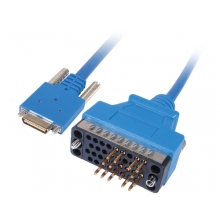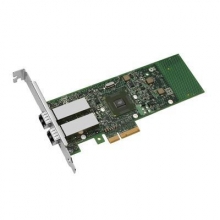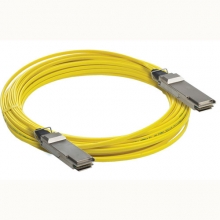- Optical Transceivers
- SFP+ Transceivers
- XENPAK Transceivers
- XFP Transceivers
- X2 Transceivers
- SFP Transceivers
- Compatible SFP
- 3Com SFP
- Alcatel-Lucent SFP
- Allied Telesis SFP
- Avaya SFP
- Brocade SFP
- Cisco SFP
- D-Link SFP
- Dell SFP
- Enterasys SFP
- Extreme SFP
- Force10 SFP
- Foundry SFP
- H3C SFP
- HP SFP
- Huawei SFP
- Intel SFP
- Juniper SFP
- Linksys SFP
- Marconi SFP
- McAfee SFP
- Netgear SFP
- Nortel SFP
- Planet SFP
- Q-logic SFP
- Redback SFP
- SMC SFP
- SUN SFP
- TRENDnet SFP
- ZYXEL SFP
- Other SFP
- FE SFP
- GE SFP
- OC3 SFP
- OC12 SFP
- OC48 SFP
- Copper SFP
- CWDM SFP
- DWDM SFP
- BIDI SFP
- Fiber Channel SFP
- Multi-Rate SFP
- SGMII SFP
- Compatible SFP
- GBIC Transceivers
- Passive Components
- Networking
- Cables
- Equipments
- Tools
- Special Offers


10x10 MSA pros and cons
The 10x10 MSA module would appear to have two things going for it: a built-in ecosystems of component and module vendors, systems suppliers who might incorporate the modules into their hardware, and three users who might be interested in deploying it in their networks; and a set of specifications that likely would lead to a cheaper module than any based on 100GBase-LR4. However, it also has two things going against it: the fact that it isn’t within the official IEEE 802.3 Ethernet cocoon and a certain amount of uncertainty regarding how much that matters to potential customers.
Clearly, Google could care less about the IEEE stamp of approval. It could quite rightly point to a number of successful transceiver MSAs that weren’t developed under the watchful eye of a major standards organization. The two other potential users within the MSA membership – Facebook and AMS-IX, an Internet exchange based in Amsterdam – obviously are at least willing to entertain the idea of being mavericks as well.
However, enterprise applications in general have a reputation for being very conservative and standards-driven, particularly in areas where the IEEE operates. Both the Ethernet Alliance and the IEEE have decided to at least discuss the merits of the 10x10 MSA during 2011, sources indicate. But until such talk leads to action, the lack of IEEE approval presents a quandary to transceiver vendors. Just how many companies have data centers that require 100-Gbps speeds and reaches that exceed the 100 m that 100GBase-SR10 supports (and would rather singlemode fiber than SR10’s ribbon multimode cabling) and don’t worship at the IEEE’s altar? And if the answer to this question is “Not many,” does Google (and maybe Facebook and AMS-IX, plus a few others) represent a market worth pursing – particularly if you’re not certain you can dominate it?
Even module suppliers within the MSA appear to have been slowed by this question. At OFC/NFOEC, the MSA announced that JDSU, Santur (who had jointly demonstrated a prototype 10x10 MSA device the previous fall at ECOC 2010), and newly minted MSA member Oplink would supply modules based on the new specifications. Santur, in fact, had already begun to ship 10x10 modules to companies such as Juniper Networks. However, neither JDSU nor Oplink have announced 10x10 modules as this article is being written in May 2011. In a conversation at OFC/NFOEC, a source at JDSU said he believed there was a demand for 10x10 MSA devices beyond Google, but declined to discuss when JDSU would attempt to meet it. Other potential module vendors within the MSA membership – Source Photonics, China’s Innolight, and Effdon, a startup that hasn’t publicly unveiled a product of any sort yet – have remained similarly quiet.
This doesn’t mean that the Google’s efforts will prove to have been in vain. Scott Kipp of Brocade, who is the MSA chair, told Lightwave at OFC/NFOEC 2011 that three module vendors would probably be sufficient to support the requirement, if the Fibre Channel space is any indication.
So the real 10x10 conundrum may not be whether Google will find vendors to meet its requirements – but whether those vendors wind up happy they did.



















































